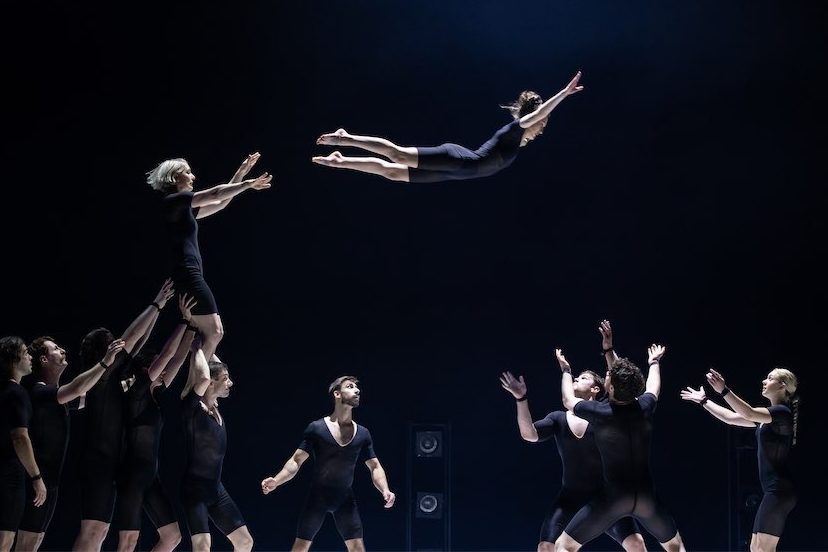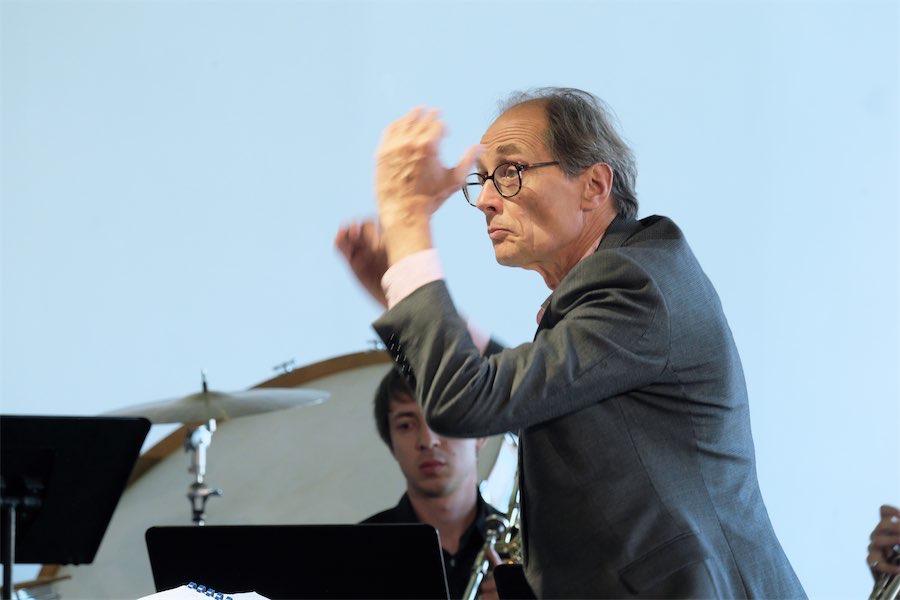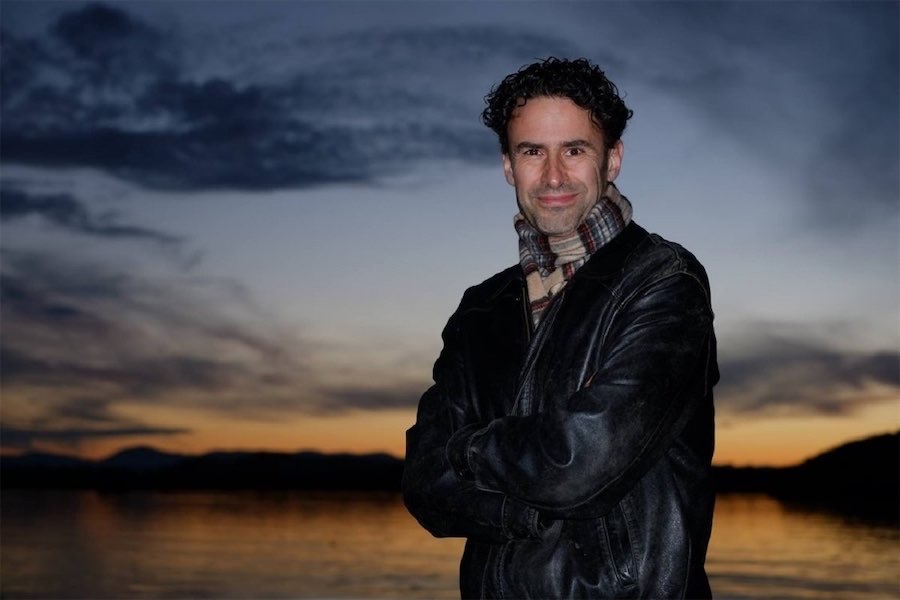
Music / “Tosca” by Giacomo Puccini, directed by John Bell, conducted by Andrea Battistoni, for Opera Australia, at Sydney Opera House until March 13. Reviewed by HELEN MUSA.
THIS revival of John Bell‘s Fascist-era “Tosca” confirms its likely place at the top of Opera Australia’s repertoire for a long time.
Devoid of the usual elaborate costumes reflecting the 1800 Napoleonic war setting of the original play on which the opera is based, this is a ferocious, even brutal interpretation set during the 1940s Nazi occupation of Rome.
And yet, one of the joys of “Tosca” is the fact that each act is set in the real-life building where it is set. Many readers will have watched the 1996 TV version filmed in the Roman locations, retained in designer Michael Scott-Mitchell’s sumptuous realisations of the Sant’Andrea della Valle church, the Palazzo Farnese and Castel Sant’Angelo.
Bell has found a perfect match for the melodramatic plot originally written by Victorien Sardou for Sarah Bernhardt and later adapted by Puccini’s librettists Luigi Illica and Giuseppe Giacosa.
His concepts are largely preserved by revival director Matthew Barclay, although lush verismo acting of the Italian principals, Carmen Giannattasio as Tosca and Marco Vratogna as the evil police chief Scarpia, may have got the better of him at times.
The conclusion of Act I gave a clear indication of how Bell was thinking.
The glorious “Te Deum”, is performed by the Opera Australia Chorus at their best, with conductor Andrea Battistoni almost entering the action with his passionate performance from the podium.

Overlaid with Scarpia’s libidinous self-revelations backed by powerful woodwind, bells, organ and drum beats from the OA orchestra, this scene is a perfect illustration of the religious hypocrisy that often goes hand-in-hand with dictatorial politics.
But after singing of his lust for Tosca and fronting up to kiss the crucifix, Scarpia leads the congregation not in making the sign of the cross, but the Nazi salute.
In this production, every tiny moment counts.
The sacristan, normally a bumbling fool, is here played by Luke Gabbedy as a malevolent character, while the golden-voiced Diego Torre as Tosca’s lover Cavaradossi casts aside his usual wooden style to give an impassioned rendition of the man torn between love and fidelity to a cause.
But for this season, all eyes are undoubtedly on the fiery, glamorous Giannattasio, seemingly a perfect casting for the passionate Floria Tosca.
So naturalistic is her performance that it almost goes too far, especially at the beginning when Tosca’s jealous rages have her look less like Rome’s most celebrated operatic diva than a petty harridan, putty in the hands of Scarpia, who uses vulnerability to get the information he needs.
Act II is the centrepiece of the opera, dramatic as Scarpia’s violent motif, suggested in the atmospheric progression of chords and dark woodwinds contrasted with a love theme played on strings, perfectly illustrating the gulf between the characters.

Again, this is an Act II with a difference, where Tosca’s offstage cantata is given greater prominence, nicely contrasting with Scarpia’s violence, played to the hilt by Vratogna, who proves as skilled as Giannattasio in the art of verismo acting.
Tosca makes no grand entrance and is soon grovelling on the floor as she pleads with Scarpia in the show-stopping aria, “Vissi D’Arte” (I Live For Art) sung by Giannattasio entirely on her knees even as the audience rose to applaud.
At the end of the act, Bell’s hand is seen again. Instead of performing a pious ritual act with candles for the now-dead Scarpia, she drapes him with a Nazi flag and switches off the lights.
The final act in the castle is darker and more pessimistic than usual, in spite of an exquisite rendering by Aidan Carey of the shepherd boy’s dawn song and Torres’ heartbroken interpretation of the second show-stopper, “E Lucevan Le Stelle” (And The Stars Were Shining).
No chance of this Tosca bouncing back from a mattress placed behind the set in her final leap from the battlements. Bell denies her this grand moment, preferring to have his heroine face a barrage of machine-gun fire.
This “Tosca” in short, is not for the faint-hearted, but it’s also not to be missed.
Who can be trusted?
In a world of spin and confusion, there’s never been a more important time to support independent journalism in Canberra.
If you trust our work online and want to enforce the power of independent voices, I invite you to make a small contribution.
Every dollar of support is invested back into our journalism to help keep citynews.com.au strong and free.
Thank you,
Ian Meikle, editor




Leave a Reply